Vietnam’s nascent industrial property market attractive to investors
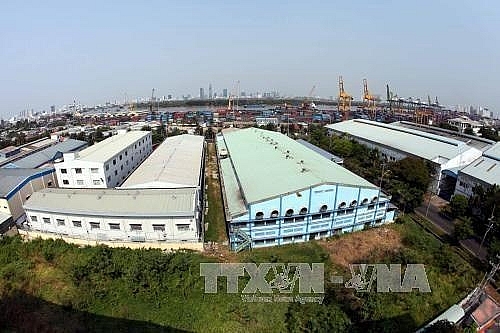 |
| Nascent industrial property market makes Vietnam attractive to investors. |
Mentioning features of the industrial property market, the firm said “Industrial parks and other industrial properties that are competing with each other mainly on location, rather than on standards of infrastructure, buildings and services.”
Industrial parks and other industrial properties are mostly sparse and major industries are not gathered for development on a regional basis. Major occupiers are predominantly from labour-intensive industries, including textiles and wearing apparel, food products, wood products and furniture, and rubber and plastics products and the contribution of the value-added sector is still insignificant, it added.
The JLL outlined several notable advantages that make Vietnam attractive to industrial investors. Vietnam's geographical location with access to the world's major seaborne trade routes, has offered the country huge opportunities to develop maritime transport, particularly for logistics services.
In addition, the country's close proximity to China makes it a worthy option for manufacturers looking at alternative locations in Southeast Asia because the operating cost in China has been continuously increasing in recent years.
The key drivers of Vietnam's economic growth can be attributed to urbanisation; foreign direct investment; growth in the manufacturing sector; and growth in the middle-income population. These factors have created a spillover effect, driving the country's demand for international transport and logistics services.
As the domestic economy shifts from agriculture to manufacturing and services, household income is likely to increase. According to the Brookings Institute, Vietnam is expected to enjoy the strongest growth in the middle-income population bracket, with a Compounded Annual Growth Rate (CAGR) of 19 percent from 2018-2020, and an increase of 14 percent from the previous decade.
The General Statistics Office shows that Vietnam is experiencing a "golden population structure". The average working age in Vietnam ranges from 20 to 50 with a median age of around 30. A young population coupled with growth in average income will support purchasing power and help the country remain an attractive destination for investors, the company explained.
Vietnam’s variety of tax incentives and low labour costs are another factors making Vietnam more appealing to foreign manufacturers, their associated suppliers and supporting industries.
In comparison to its regional peers, the Vietnam market is still comparatively young. However, as the country steadily approaches the growth stage of its industrial market evolution, specific areas of opportunity are beginning to emerge as it develops an intermediate product and value-added offering.
Shifting from more labour-intensive to more capital-intensive and automated resources, the JLL anticipates that the typology of the industrial offering will steadily become more sophisticated as occupier requirements develop and industrial market demand moves from its current low specifications to higher specifications needs.
A significant area of land is planned for industrial development until 2020, nearly double the current market size. Thus, huge opportunities exist in Vietnam for both existing players and potential new market entrants to access potential land banks and capture market share, the brokerage firm said.
What the stars mean:
★ Poor ★ ★ Promising ★★★ Good ★★★★ Very good ★★★★★ Exceptional
Related Contents
Latest News
More News
- Real estate sector saw FDI increase 60 per cent in 2024 (January 07, 2025 | 09:23)
- Vietnam to develop first financial centres (January 05, 2025 | 09:00)
- Vietnam's e-commerce market surpasses $25 billion in 2024 (January 03, 2025 | 17:03)
- Binh Duong approves potential investments worth $1.7 billion (January 03, 2025 | 16:38)
- Business leaders outline investment plans for 2025 (January 02, 2025 | 18:08)
- 10 bright spots for planning and investment in 2024 (December 28, 2024 | 15:00)
- SABECO announces dividend amid solid financials (December 27, 2024 | 16:27)
- Tetra Pak’s Direct UHT technology a boon for coconut industry (December 24, 2024 | 08:00)
- Ho Chi Minh City Metro Line No. 1 officially opens (December 23, 2024 | 14:39)
- Vietnam SuperPort partners Vietnam Post in digital logistics to accelerate SME growth (December 18, 2024 | 09:53)




 Tag:
Tag:







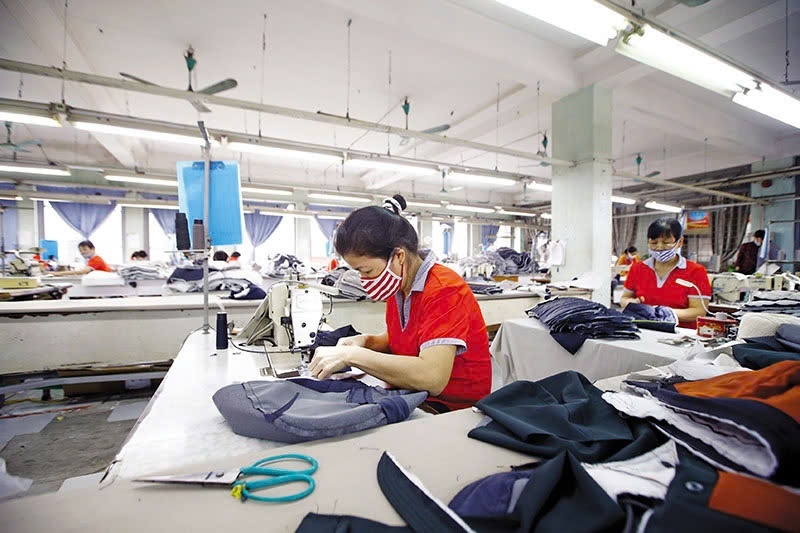

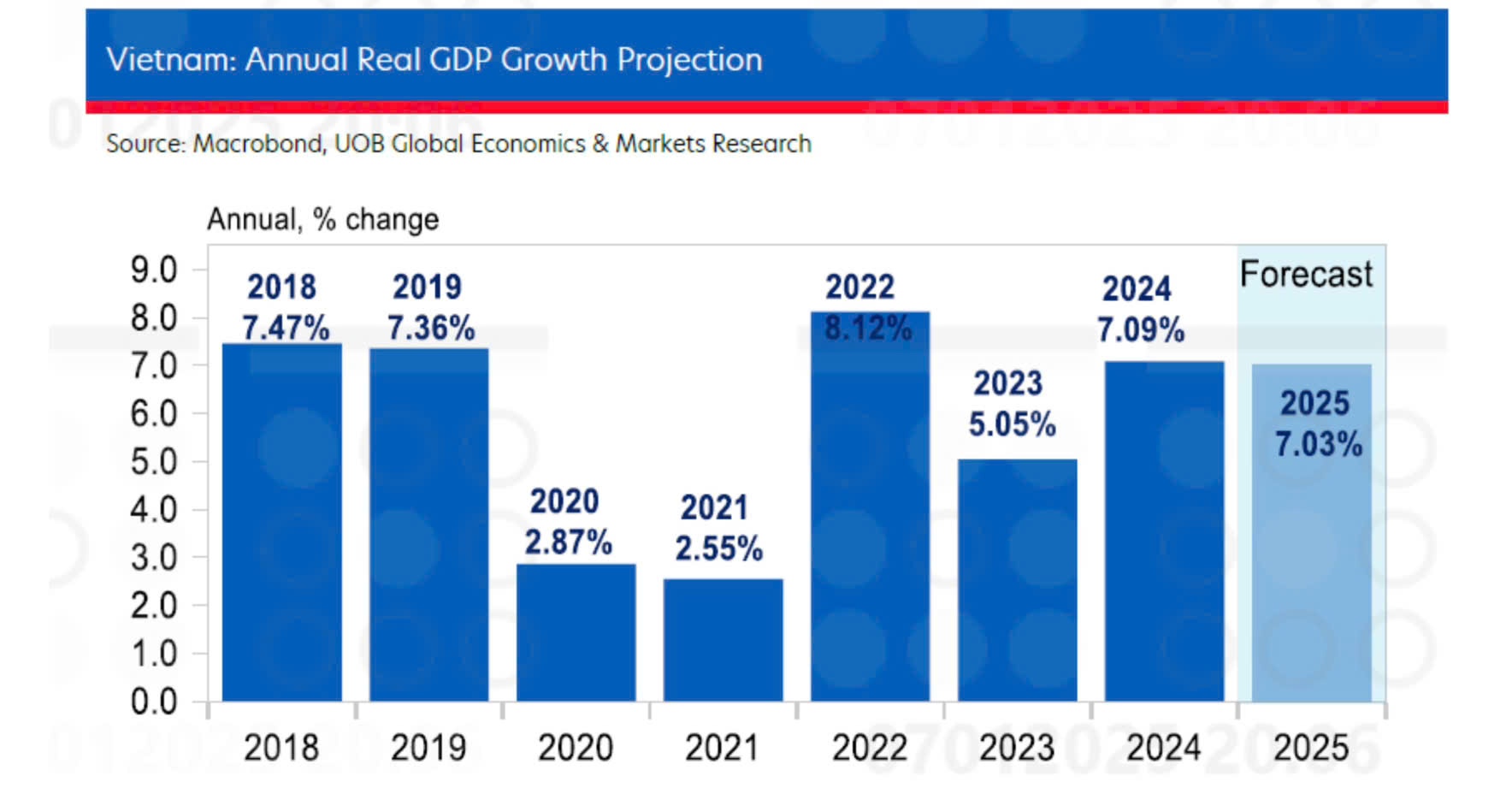
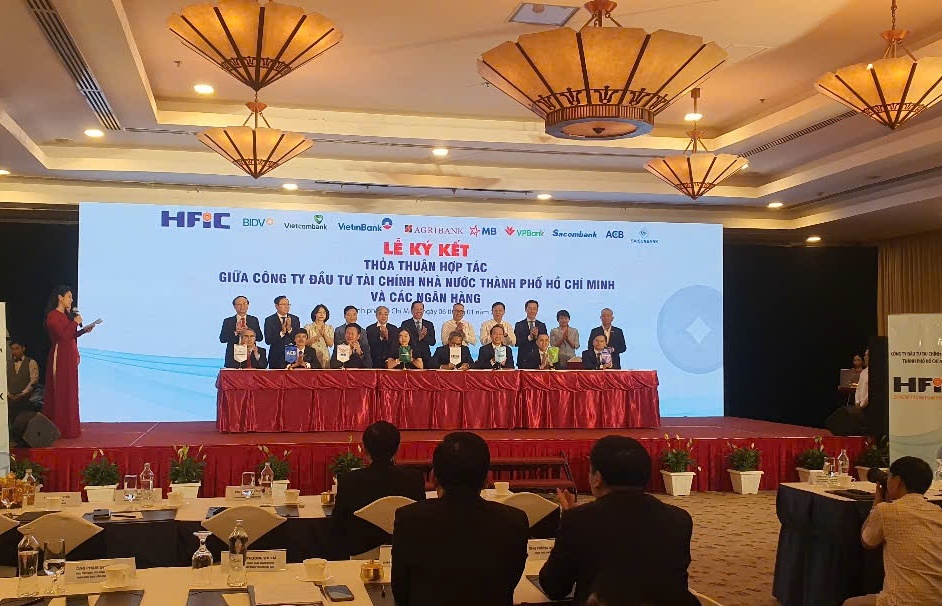






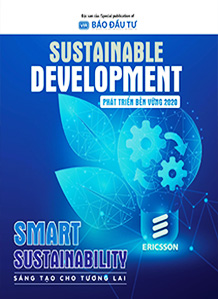
 Mobile Version
Mobile Version